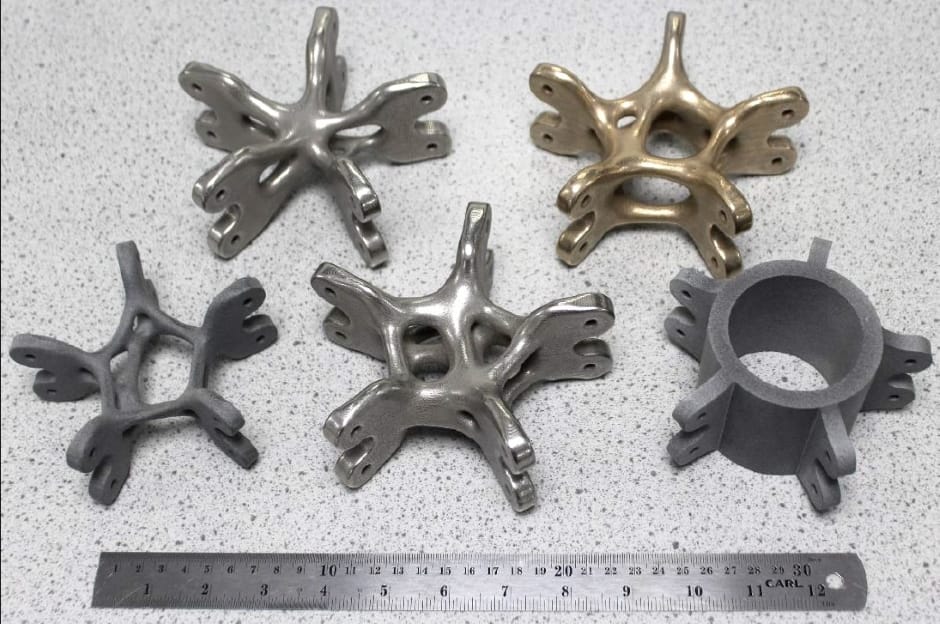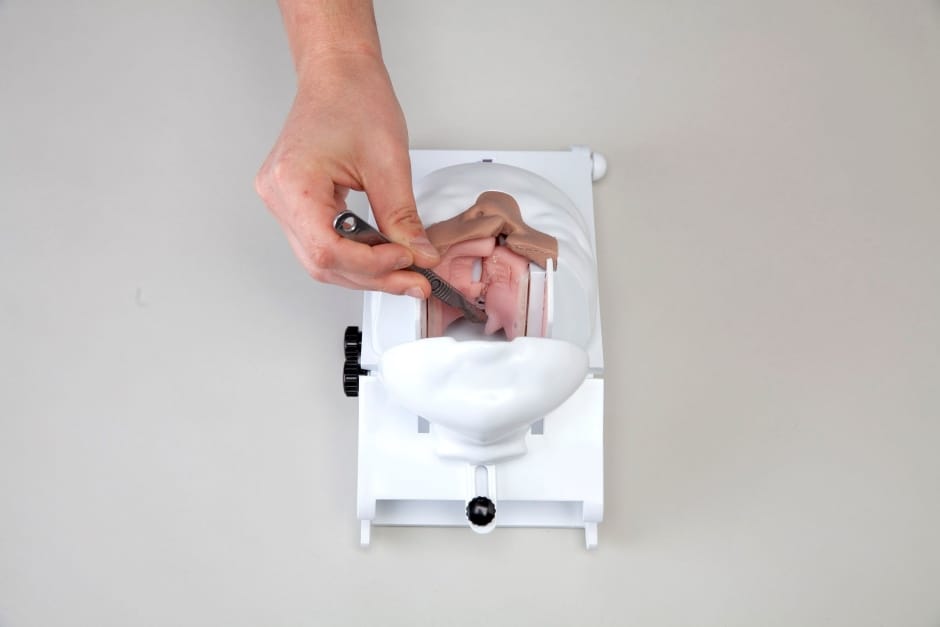The global competition asked students to apply 3D printing solutions for entries into Product Design, Robotics, Sustainability, Transportation and Healthcare categories, with the winners of each receiving $1000 to further develop their project as well as technical support from 3D Hubs to turn their idea into a real product.
The submissions were assessed based on presentation, innovation and potential impact, and justification of the use of 3D printing.
"The finalists made scoring a very difficult process, as so many high-quality submissions are very deserving of recognition,” said Sarah Goehrke, owner of Additive Integrity and member of the judging panel. “Initiatives like this grant are wonderful to put the next generation's work in the spotlight and encourage further development through their awards."
This year the competition received nearly 200 submissions from students from over 100 universities and high schools from all around the world, who could use a 3D printing service, the in-house manufacturing capabilities of their institutions, or custom 3D printers developed specifically for their project. Solidworks and Fusion 360 were the most popular software packages among entrants, chosen respectively by 33 per cent and 28 per cent of all applicants. They were followed by Rhino (19 per cent), AutoCAD (11 per cent) and Grasshopper (nine per cent).
Transportation Winner
Project Name: Optimised Metallic Code-Connections for Reticulated Structures
Name: Moustafa Abdelwahab
University: Leeds University
Project Description
This project used 3D printing to fabricate bespoke & intricate connection designs for 3D space structures which have shown their significance through obtaining substantial weight reductions for the same structural capacity as the typical ones. The overall vision of this research is to encourage the adoption of freeform, function-driven designs in the construction industry which could lead to weight reductions along with improved aesthetics, allowing for more nature inspired designs.
Why use 3D printing?
The fabrication of the connection prototypes using DMLS showcases the capability of 3D printing in producing intricate shapes and its advantage in eliminating many of the traditional manufacturing constraints. The 420 Stainless Steel alloy was adopted to allow for a direct comparison with the typical Stainless-Steel connections and the FEA computer models, and to allow for future experimental testing of the bespoke 3D Printed connections.

Healthcare Winner
Project Name: ReCleft
Name: Rute Pereira Crespo Fiadeiro
University: Brunel University of London
Project Description
Cleft lip and/or palate (CLP) affects 1 in every 500-700 births. Errors in surgery may lead to complications with serious consequences for the patient. It is estimated 250,000 infants are born with CLP in low resource countries each year and it is estimated that a significant proportion are not repaired due to a lack of local cleft surgeons. ReCleft is a silicone and/or bioplastic re-usable training simulator that provides surgeons with moulds and materials to manufacture simulators in-situ.
Why use 3D printing?
3D printing was used to test and refine the anatomical structure of the model throughout the project. In each iteration, eight cleft palate with the different anatomical features would be printed. Following this, each part would be cast to make silicone moulds to produce the simulators. Polyjet (Object 500) printer with VeroWhite, printed in matt, proved to be the best printing choice due to the high definition, finishing and compliance with silicone. The head and bone were also 3D printed.

Product Design Winner
Project Name: ONE Shoe
Name: Davide Amorim
University: Eindhoven University of Technology (TU/e)
Project Description
People are all different. However, people with the same foot size, but with different body weight, or foot shape, often wear the same shoes. By making use of Mechanical Meta-materials Structures (MMS), it is possible to create a sole that not only fits a person foot’s needs but also makes it easy to recycle. MMS allows achieving multi-properties within one material compound (e.g. stiff, soft or deformation). This results in benefits for both users (personalisation) and society (sustainability).
Robotics Winner
Project Name: Teleport
Name: Akhil Padmanabha, Rishi Upadhyay, Nicholas Liu, Steven Chen, Samuel Chen
University: University of California, Berkeley
Project Description
For a child suffering from a debilitating illness in a hospital, normalcy and crucial social interactions are taken away abruptly, leaving them emotionally vulnerable, anxious, and lonely. Teleport aims to tackle this problem by providing 3D printed robotic avatars. Unlike avatars on the market, Teleport facilitates customisation and a virtual reality experience.
Sustainability Winner
Project Name: Recycling Wind Turbine Blade Fiberglass into Reinforced Filaments
Name: Amirmohammad Rahimizadeh
University: McGill University
Project Description
Due to the limited lifespan of wind turbine blades, it is expected that the number of scrap blades will explode in the next two decades. This project aims to develop a new process that improves the 3D printed composite products and simultaneously provide a sustainable recycling solution for scrap blades.
CLICK FOR MORE FROM 3D Printing Student Grant 2019 and THE STUDENT ENGINEER




Red Bull makes hydrogen fuel cell play with AVL
Formula 1 is an anachronistic anomaly where its only cutting edge is in engine development. The rules prohibit any real innovation and there would be...